Discover the Charlotte Dundas Heritage Trail
The Charlotte Dundas Trail celebrates the Charlotte Dundas and her creator William Symington.
Starting in north east corner of Helix Park, near the Kelpies, the trail heads east along the Queen Elizabeth II Canal to the Lock 1 viewpoint and seating area. A series of interpretative panels explain the rich history of Falkirk and Grangemouth, spanning over 300 years from the 1700s to the 21st century.
The trail is tarmacked and fully accessible. There are heritage themed seats along the 850m route from the Kelpies to Lock 1. The extended route onwards via the Rope Walk to Dalgrain Road is a further 350m.
- Stroll along the towpath, pausing at the panels to read about the River Carron, the Forth & Clyde Canal and what went on here.
- On arrival at Lock 1 acquaint yourself with the Charlotte Dundas and Grangemouth’s heritage.
- Walk or cyle from the Helix via Lock 1 and the Rope Walk to Dalgrain Road in Grangemouth.
- Walk your dog , keeping an eye open for the interesting and unusual flora and fauna along the way.
- Simply have a seat along the trail or at Lock 1 and take in the view of the Ochil Hills.
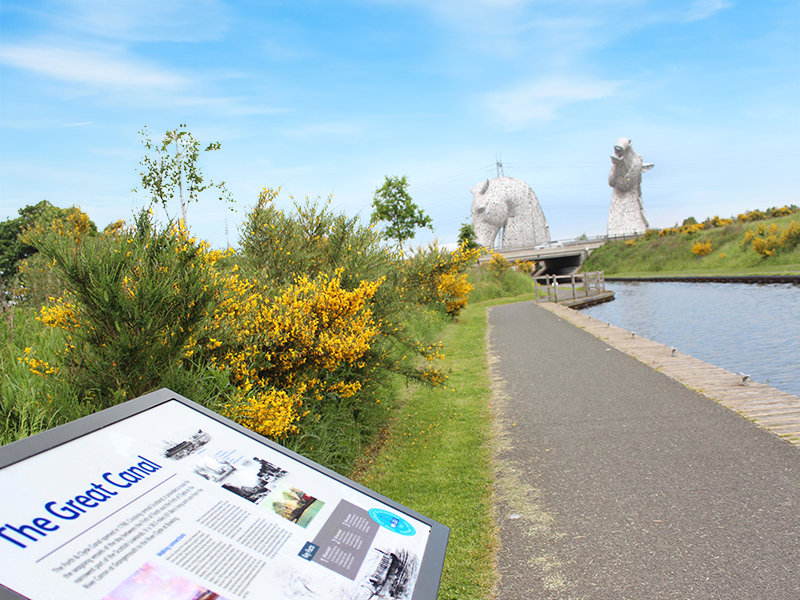
Looking towards the Kelpies
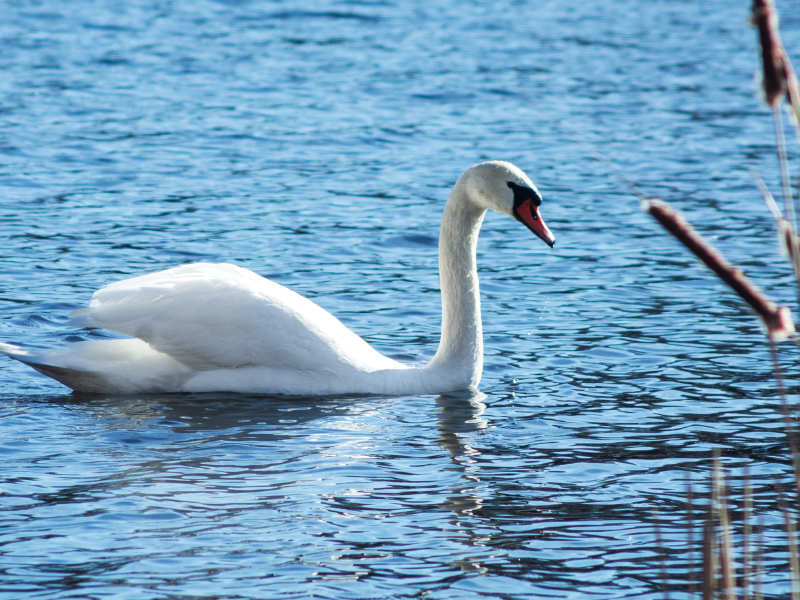
There’s plenty to see on your way to Lock 1
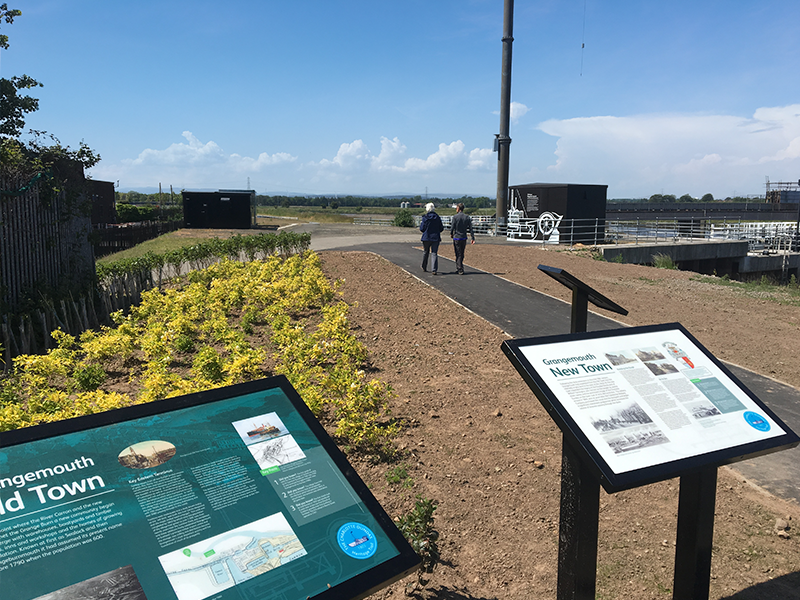
Stroll to the seating and viewing area at Lock 1.
The illuminated canal towpath is widely used by walkers, runners and cyclists. Keep an eye open for interesting and unusual flora and fauna along the way
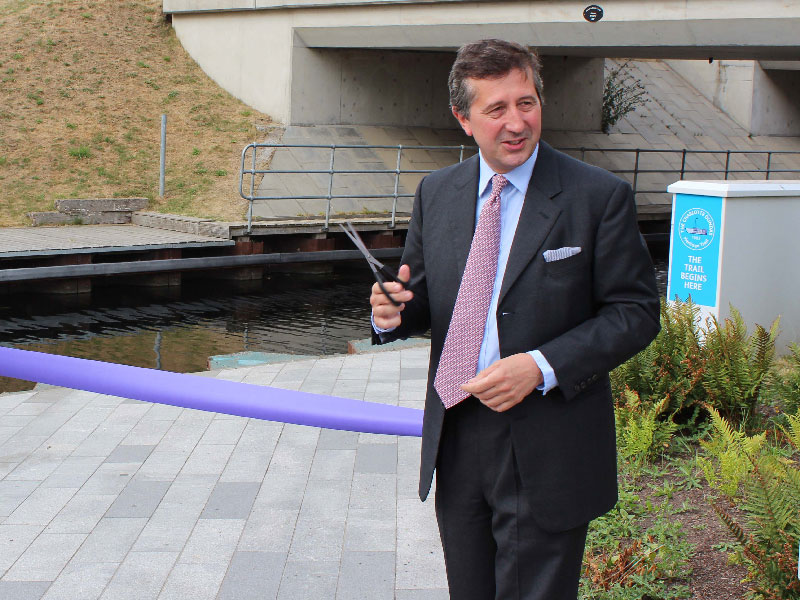
Launching the Trail
The trail was opened on 12 July 2018 by Robin Lawrence Dundas, Earl of Ronaldshay a direct descendant of Sir Thomas Dundas. The opening marked the culmination of years of effort on the part of the Friends of The Charlotte Dundas led by Chairman Ken Hutton who conceived the trail vision and who was supported by Joyce MacIntosh and Douglas Peters. They established a permanent memorial to the Charlotte Dundas and her creator William Symington.
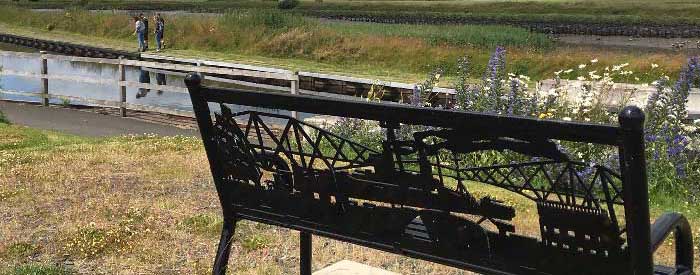
The World’s First Practical Steamboat
In 1801 William Symington registered a patent for the mechanism that converted linear motion from an horizontal engine into rotary motion at the paddle wheel by means of a connecting crank rod.
The vessel that was ultimately created by Symington was the result of over 14 years of experiments with vessel hulls and engines.
On 28 March 1803, The Charlotte Dundas towed two laden sloops, Active and Euphemia, weighing 130 tons, along the canal from Lock 20 at Wyndford to Port Dundas in Glasgow, a distance of 18½ miles in 9¼ hours. The vessel performed well and the trail was considered a success. Unfortunately, concerns were raised that the vessel might damage the canal banks and the project was abandoned. The Charlotte Dundas, without her engine, served for many years as a dredger before coming to an end at Lock 10.
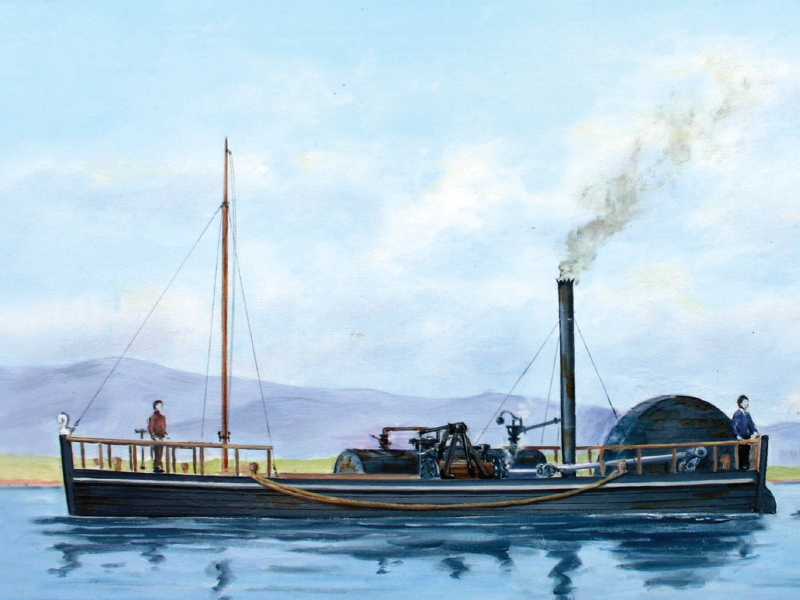

-
Did you know? Willam Symington improved the atmospheric engine and developed a crank rod to convert linear to rotary motion
-
Did you know? Symington’s innovations provided a step change in marine propulsion
-
Did you know: Industry and innovations in Falkirk and Grangemouth helped to shape the industrial revolution
